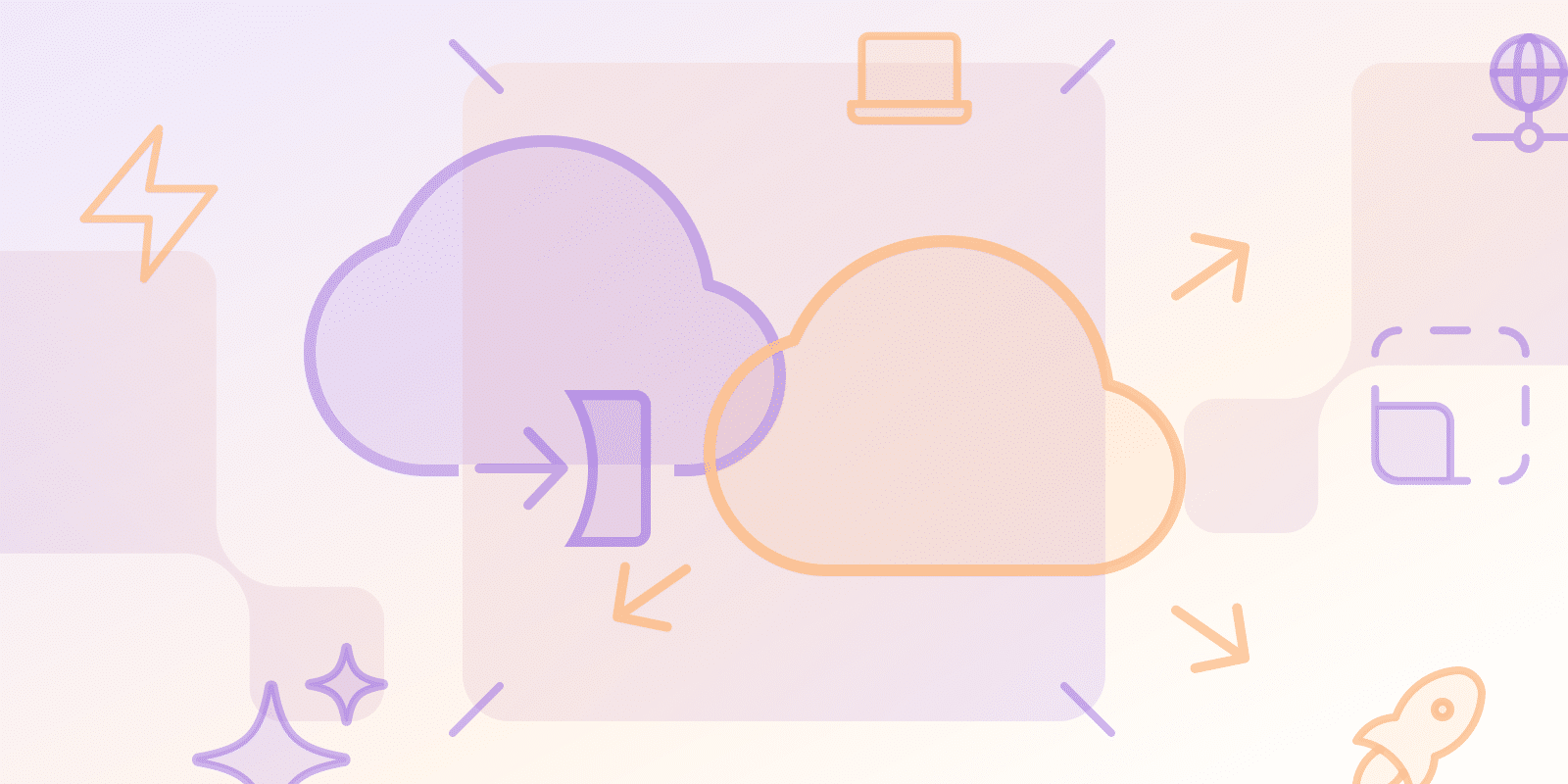Serverless Computing
In che modo SaaS riduce le spese operative?

In che modo SaaS riduce le spese operative?
Tramite la tecnologia cloud, SaaS automatizza i processi e esternalizza i servizi nel tentativo di ridurre le spese operative. Le aziende potrebbero sperimentare costi inferiori e una maggiore efficienza operativa, ma solo se implementano SaaS correttamente.
SaaS potrebbe ridurre i costi di aggiornamento e comportare una minore manutenzione, mentre le infrastrutture on-premise sono più costose e meno flessibili. Le aziende possono anche utilizzare SaaS per automatizzare queste attività:
- Richieste di modifica
- Sicurezza
- Monitoraggio
Le aziende possono ridurre i costi dei beni venduti (COGS) e risparmiare risorse, tuttavia è comunque importante scegliere funzionalità che soddisfino le esigenze del tuo marchio.
Quali sono le principali differenze tra SaaS e software tradizionale?
È necessario comprendere le differenze tra SaaS e software tradizionale in aree come distribuzione e scalabilità. Ecco alcuni dei modi principali in cui differiscono:
SaaS
- Accessibile tramite un browser web e distribuito senza installazione su singoli computer.
- Riduci al minimo le competenze IT tramite aggiornamenti automatici.
- Utilizza la fatturazione basata su abbonamento se hai bisogno di scalabilità.
- Costi iniziali più bassi; assicurati però di sapere quanto stai spendendo in risorse.
- Più utenti possono lavorare contemporaneamente sulla stessa piattaforma SaaS, cosa da considerare se la collaborazione è un obiettivo.
Software tradizionale
- Il SaaS è più flessibile, ma il software tradizionale è più personalizzabile.
- Controlla i costi iniziali per installazione, licenza e hardware.
- Aggiornamenti/manutenzione manuali significano che dovresti pensare di assumere un team IT.
- La scalabilità non è allo stesso livello del SaaS, anche se la personalizzazione è migliore.
- Assicurati che il tuo software tradizionale sia aggiornato/mantenuto per motivi di sicurezza.
In che modo il SaaS supporta un'azienda rispetto al software tradizionale?
Le aziende potrebbero implementare infrastrutture SaaS per vari motivi, come:
- Servizio gestito: il fornitore aggiorna e gestisce il software (ad esempio, patch di sicurezza).
- scalabilità: sposta le risorse su o giù in base alla domanda.
- Flessibilità: accesso SaaS mobile e desktop; potresti non aver bisogno di Internet, ma ciò potrebbe influire sulla tua esperienza.
- Convenienza: paga solo per quello che usi.
- Accessibilità: usa SaaS online. Controlla se hai bisogno di verifiche di installazione/compatibilità, ma normalmente non ne avrai bisogno.
- Limiti di personalizzazione: SaaS non offre la personalizzazione del software on-premise, ma è più agile.
- Dipendenza dal fornitore: assicurati di scegliere un fornitore in base alle tue esigenze, poiché farai affidamento su di lui per sicurezza e disponibilità.
| Fattore di costo | SaaS | Software tradizionale |
|---|---|---|
| Investimento iniziale | ||
| Costi iniziali | Inferiore, investimento iniziale minimo | Superiore, richiede un investimento iniziale significativo |
| Spese per l'infrastruttura | Requisiti hardware minimi | Costi hardware e di installazione sostanziali |
| Spese correnti | ||
| modello di prezzo | Basato su abbonamento, paghi per ciò che usi | Basato su licenza, prezzo fisso |
| Costi di manutenzione | Inclusi nelle quote di abbonamento | Costi di manutenzione e aggiornamento separati |
| Costo totale di proprietà (TCO) | Potrebbe aumentare nel tempo con abbonamenti a lungo termine | Generalmente fisso, con potenziali spese di aggiornamento |
| Considerazioni aggiuntive | ||
| Aggiorna Spese | Aggiornamenti automatici, nessun costo aggiuntivo | Aggiornamenti manuali, possibili costi di licenza aggiuntivi |
| Requisiti di risorse | Minima competenza IT richiesta | Richiede un team IT dedicato per la gestione |
Come si confrontano i costi del SaaS e del software tradizionale?
La struttura dei costi differisce tra SaaS e software tradizionale. Mentre il SaaS ha meno costi iniziali, il software tradizionale normalmente richiede un investimento iniziale. Le tariffe SaaS normalmente coprono manutenzione e aggiornamenti; il software tradizionale potrebbe richiedere acquisti individuali di patch e aggiornamenti.
Il prezzo del SaaS è in genere basato sul consumo, mentre il software tradizionale ha licenze e aggiornare i prezzi molto spesso. Devi tenerne conto nel tuo budget.
È anche necessario pensare al costo totale di proprietà (TCO); gli abbonamenti SaaS potrebbero essere più lunghi e superare il costo delle licenze software tradizionali, quindi l'analisi dei costi è essenziale.
Quanto tempo occorre per implementare il SaaS rispetto al software tradizionale?
Mentre l'onboarding del SaaS è normalmente più veloce a causa della mancanza di configurazione e installazione locale, il software tradizionale spesso fornisce assistenza per l'onboarding e la configurazione.
I fornitori SaaS eseguono diverse attività IT, come la gestione e gli aggiornamenti software. Il software tradizionale spesso richiede un team IT, che può comportare risorse e competenze aggiuntive, offrendo al contempo possibilità di personalizzazione che potrebbero essere preziose a seconda delle esigenze e delle priorità specifiche. Queste personalizzazioni potrebbero tuttavia aumentare i tempi di implementazione; aspettati 6-12 mesi per il software tradizionale e una tempistica più breve di 2-3 mesi per SaaS.
Conclusione
SaaS può aiutare le aziende a semplificare le proprie infrastrutture IT e a dedicare più tempo all'innovazione, ma non dispone della personalizzazione del software tradizionale. Quando scegli una soluzione, dovresti pensare a costi, scalabilità e quanto hai bisogno di ottimizzare le risorse. Tutti questi elementi sono cruciali se desideri ottenere un vantaggio competitivo.